Architectural Association's newest show uncovers the architectural legacies of rural China's lost generation
The Architectural Association’s ‘Ripple Ripple Rippling’ is not your typical architecture show, taking an anthropological look at the flux between rural and urban, and bringing a part of China to Bedford Square in London
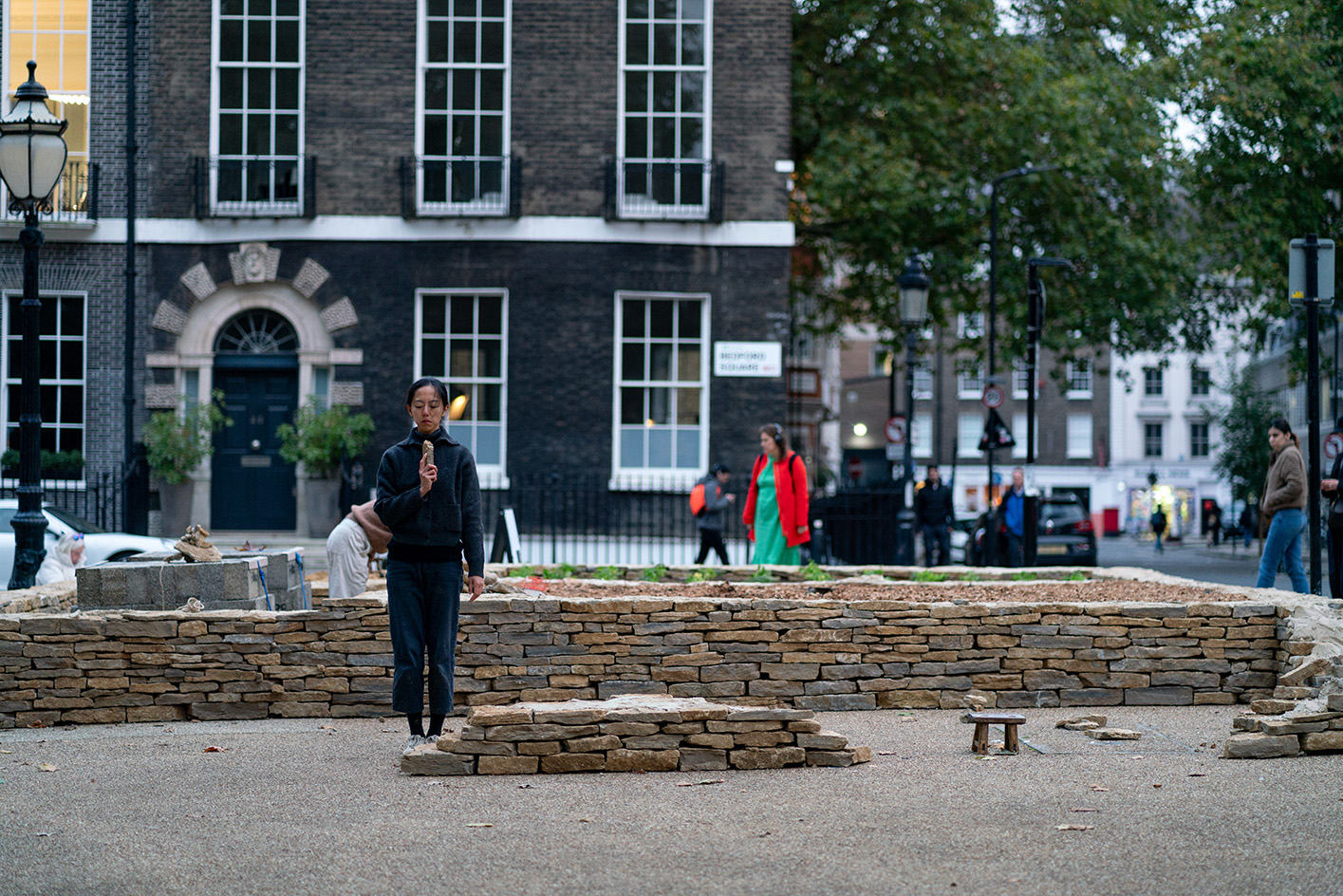
Fuelling China’s exponential urbanisation, as many as 295 million rural migrants of ‘working age’, known as the ‘floating population’, move between cities to find employment. As this mass movement leaves rural areas without a middle generation, a new multimedia and multisensory exhibition, 'Ripple Ripple Rippling', at the Architectural Association (AA) in London, brings into view the lives of those who are left behind amid the rise of China’s sprawling metropolises.
Spanning over ten years of research, architects, anthropologists, and choreographers Cyan Cheng, Chen Zhan, and Mengfan Wang embedded themselves in the rural village of Shigushan central China – uncovering changes through acts of adaptation and appropriation of the built environment during the gradual disappearance of rural life as it once was.
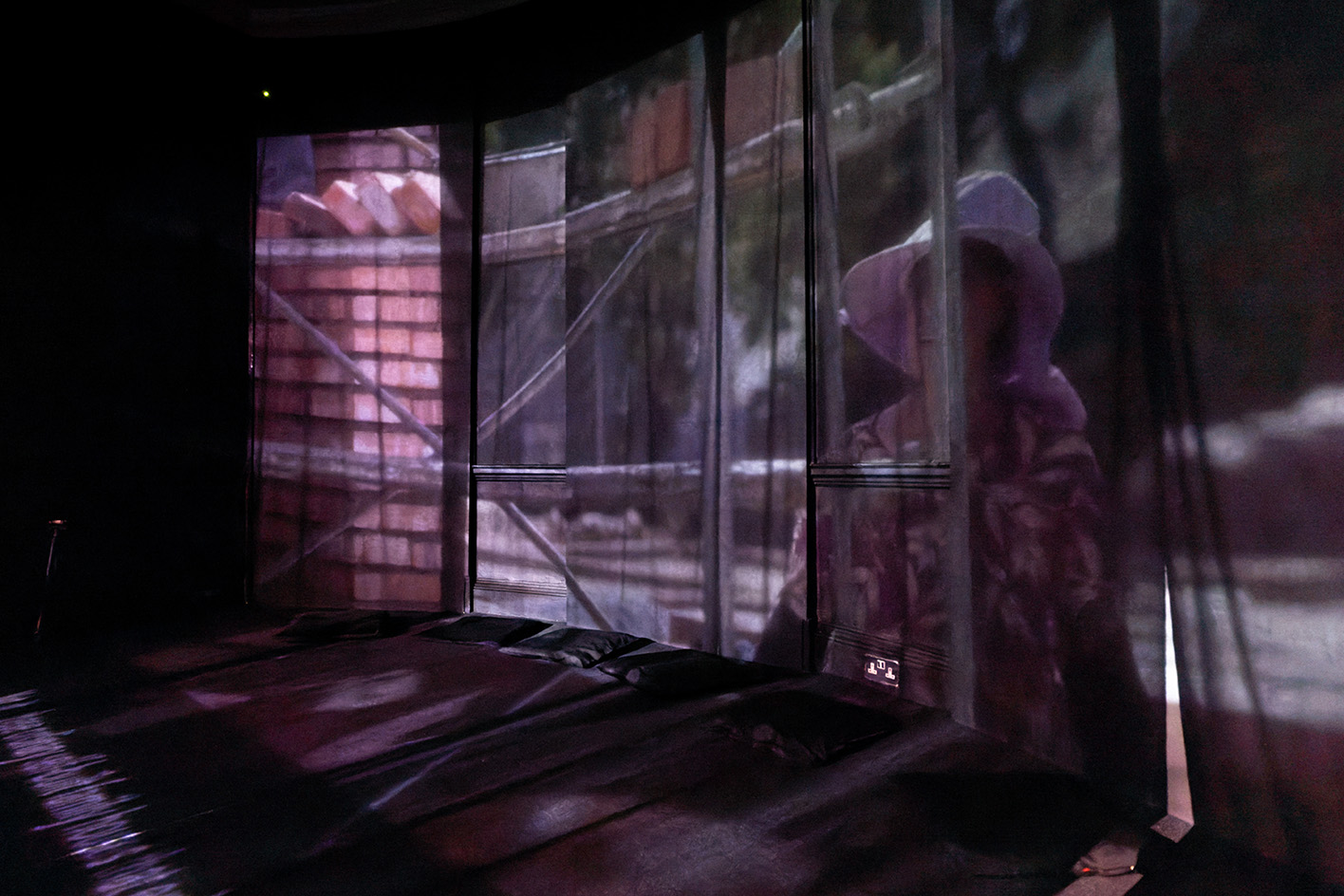
Explore the Architectural Association's show 'Ripple Ripple Rippling'
As the population left behind recalibrates, Cyan says: 'Family structures are formed outside of what is prescribed, with alterations to the built environment to match this lifestyle of communality.' On the broader anthropological research within the exhibition, she continues: 'Architecture is not enough to capture everything that's going on. So our practice expands into other disciplines.'
The exhibition features field notes, drawings and photography from Shigushan, as well as a film trilogy. This includes the trio's latest piece of moving image, ‘Till Ashes Turn Into Pines’, which explores how reincarnation manifests in the treatment of the natural environment.
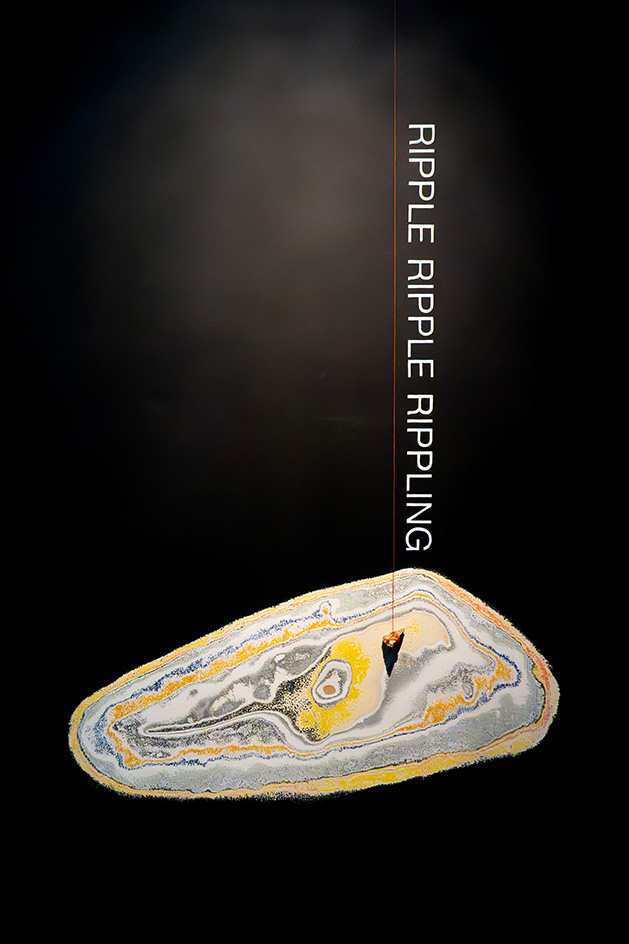
Spilling out of the confines of the AA's gallery setting, a partial reconstruction of a typical state-funded rural house sits among the quintessentially Georgian houses of Bedford Square, making for a slightly surreal contrast. Drystone walling demarcates domestic spaces such as a garden, porch, and living room amid the public forum of the square. This installation's ‘unfinished’ status references the often incomplete or semi-ruined buildings that lay in waiting for funds from family members working in the cities.
What comes to the fore is a diminished sense of ownership in this world of residential structures, contrasting with the sometimes aggressive boundaries between public and private that we might find in ostensibly capitalist cities. Areas such as the living room become semi-public, while liminal spaces such as the yard are actively inhabited through domestic activity. Thresholds are not just crossed – they’re contently occupied.
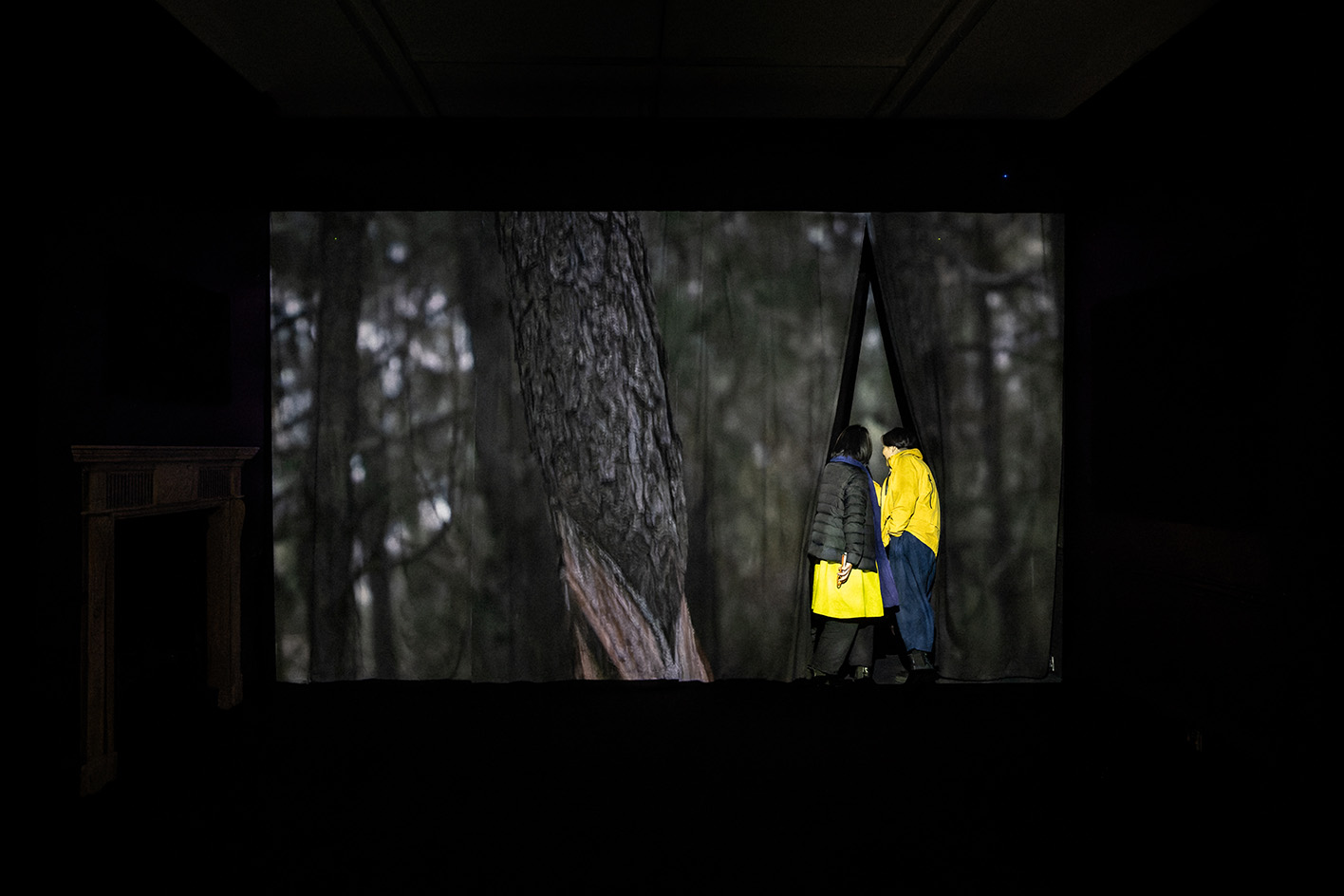
Chen notes: 'We find there is this rippling image; all the domestic activities, they just ripple out and then they linger around the gates and then they leak to the streets.' The act of ‘Rippling’ references this improvised and reactive support system where the use of space becomes entangled in collective care. She adds: 'The protocols we understand around family and home [are defied] in a mundane sort of way.'
Receive our daily digest of inspiration, escapism and design stories from around the world direct to your inbox.
Moving away from 'traditional notions of architecture’, the show foregrounds an evolved sense of architecture that supports assemblage as opposed to reinforcing fracture. It brings attention to networks of care that are also relevant to cities in rethinking boundaries, thresholds, and symbols of ownership. In doing so, it takes a humanised view not of what is visually showstopping in architectural terms, but of what is quietly brilliant in its subversion of the status quo.
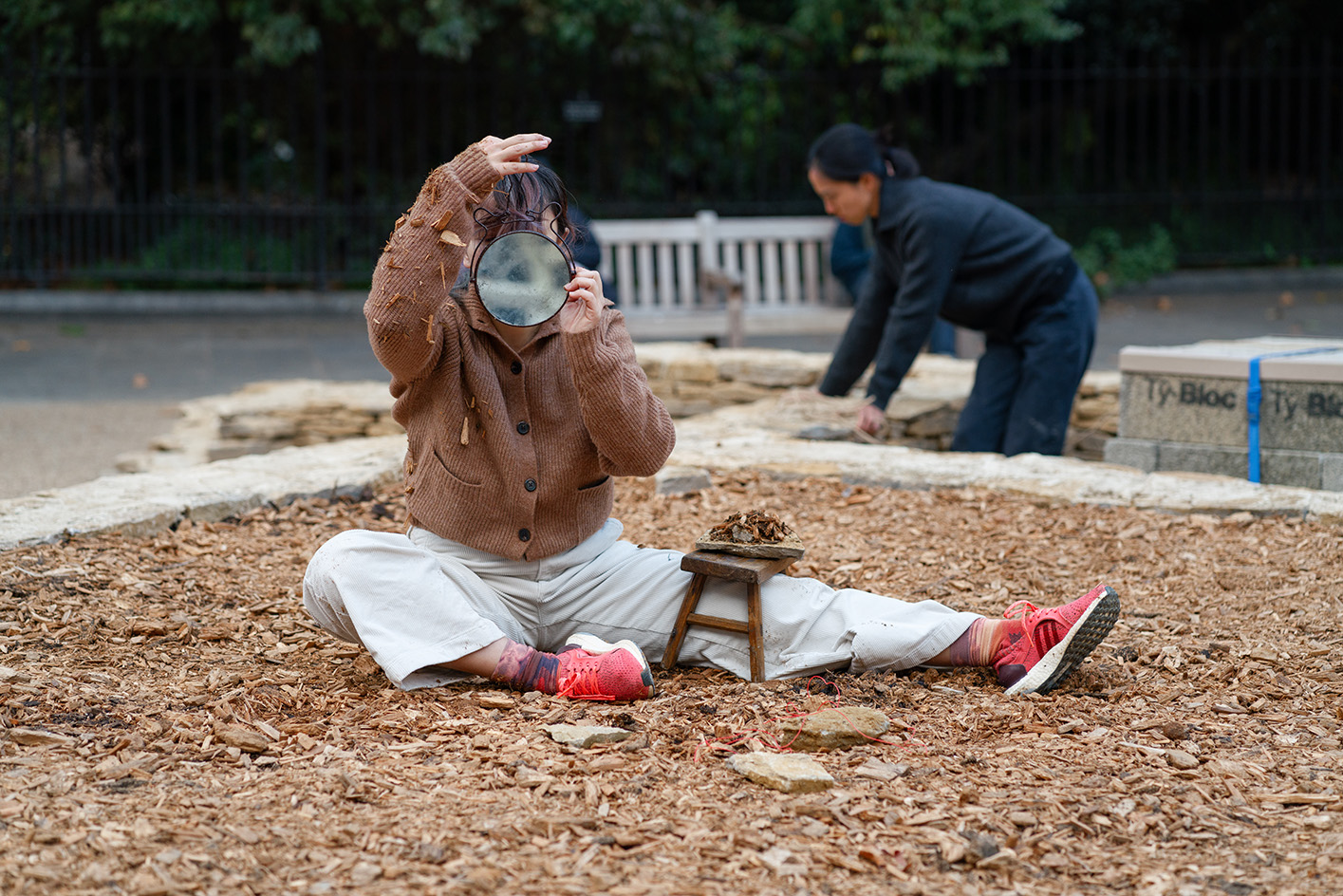
‘Ripple Ripple Rippling’, by Jingru Cyan Cheng, Chen Zhan and Mengfan Wang at the Architectural Association, London, includes an outdoor installation, until 6 November 2024, and a gallery exhibition, until 7 December 2024. More information at aaschool.ac.uk
Teshome Douglas-Campbell is a London-based writer, architectural designer whose work explores the intersection of design, community, and culture. With a background in socially engaged architecture, he brings a critical eye to ways we craft living environments, documenting emerging design movements and profiling transformative spaces.
-
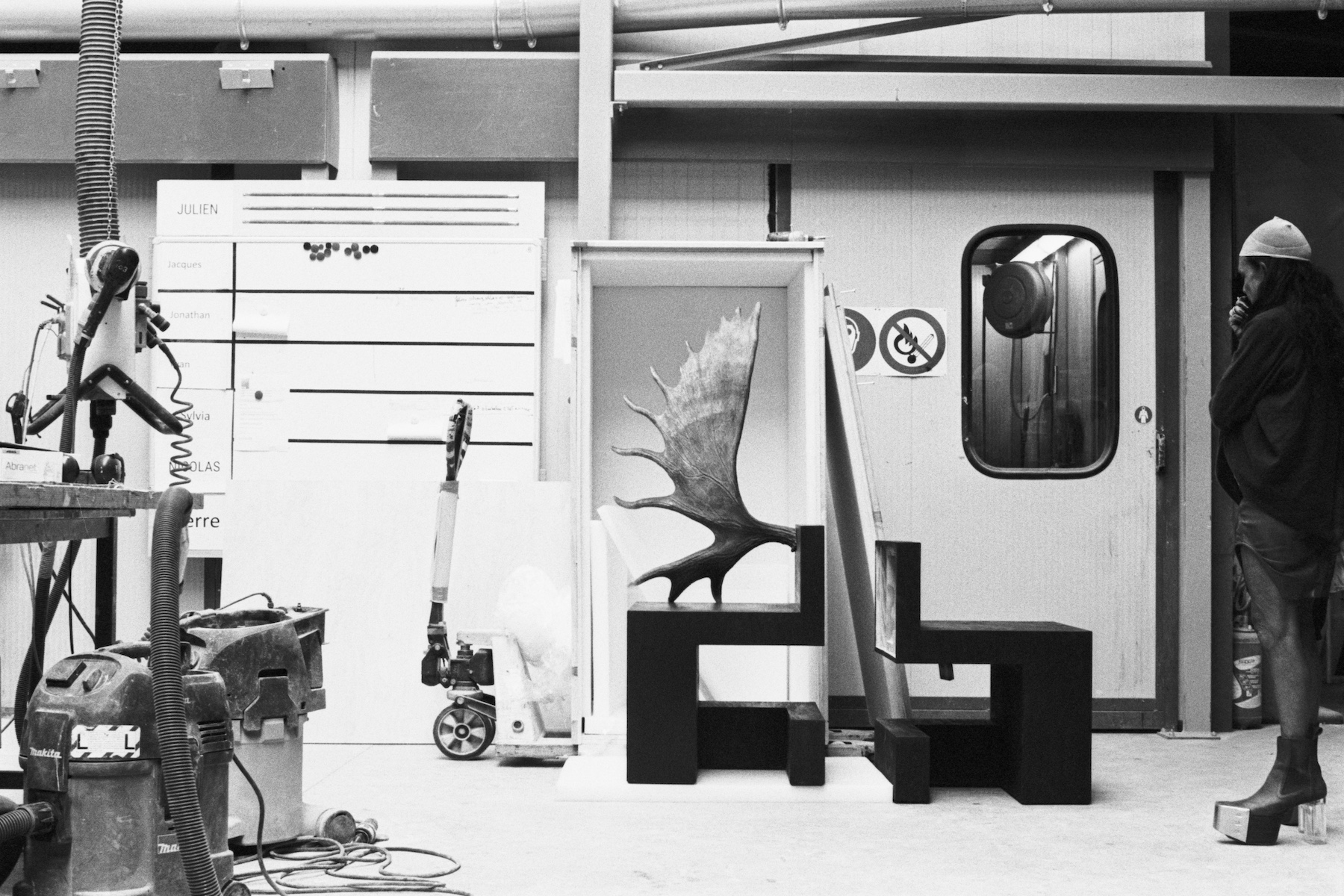 Frieze London 2025: all the fashion moments to look out for
Frieze London 2025: all the fashion moments to look out forThe best fashion happenings to add to your Frieze London 2025 schedule, from Dunhill’s curation of talks at Frieze Masters to an exhibition of furniture by Rick Owens
-
 Artists reflect on Kate Bush lyrics for a War Child auction
Artists reflect on Kate Bush lyrics for a War Child auctionPeter Doig and Maggi Hambling are among artists interpreting Kate Bush’s 1985 track ‘Running Up That Hill’ for War Child’s online auction
-
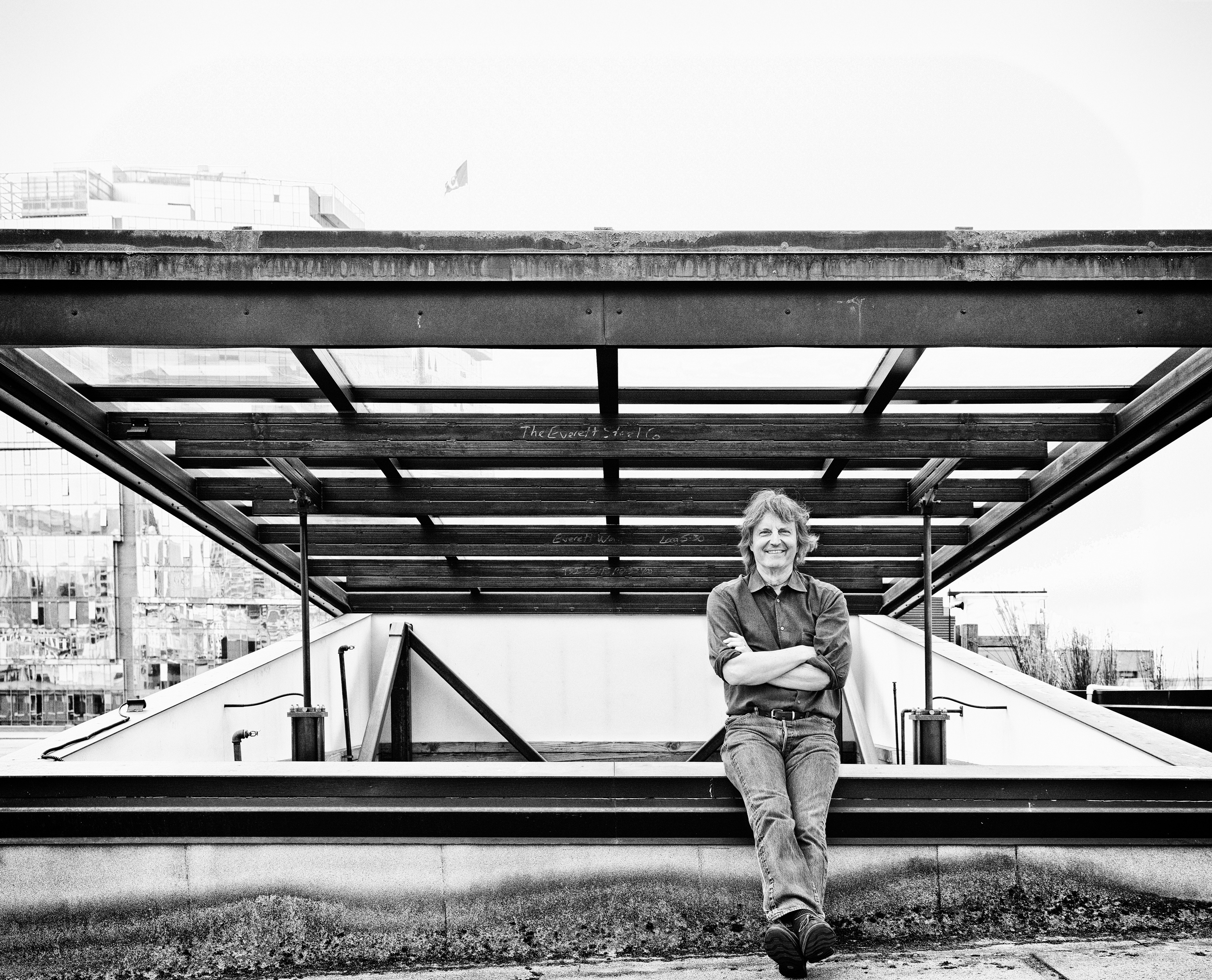 Explore Tom Kundig’s unusual houses, from studios on wheels to cabins slotted into boulders
Explore Tom Kundig’s unusual houses, from studios on wheels to cabins slotted into bouldersThe American architect’s entire residential portfolio is the subject of a comprehensive new book, ‘Tom Kundig: Complete Houses’
-
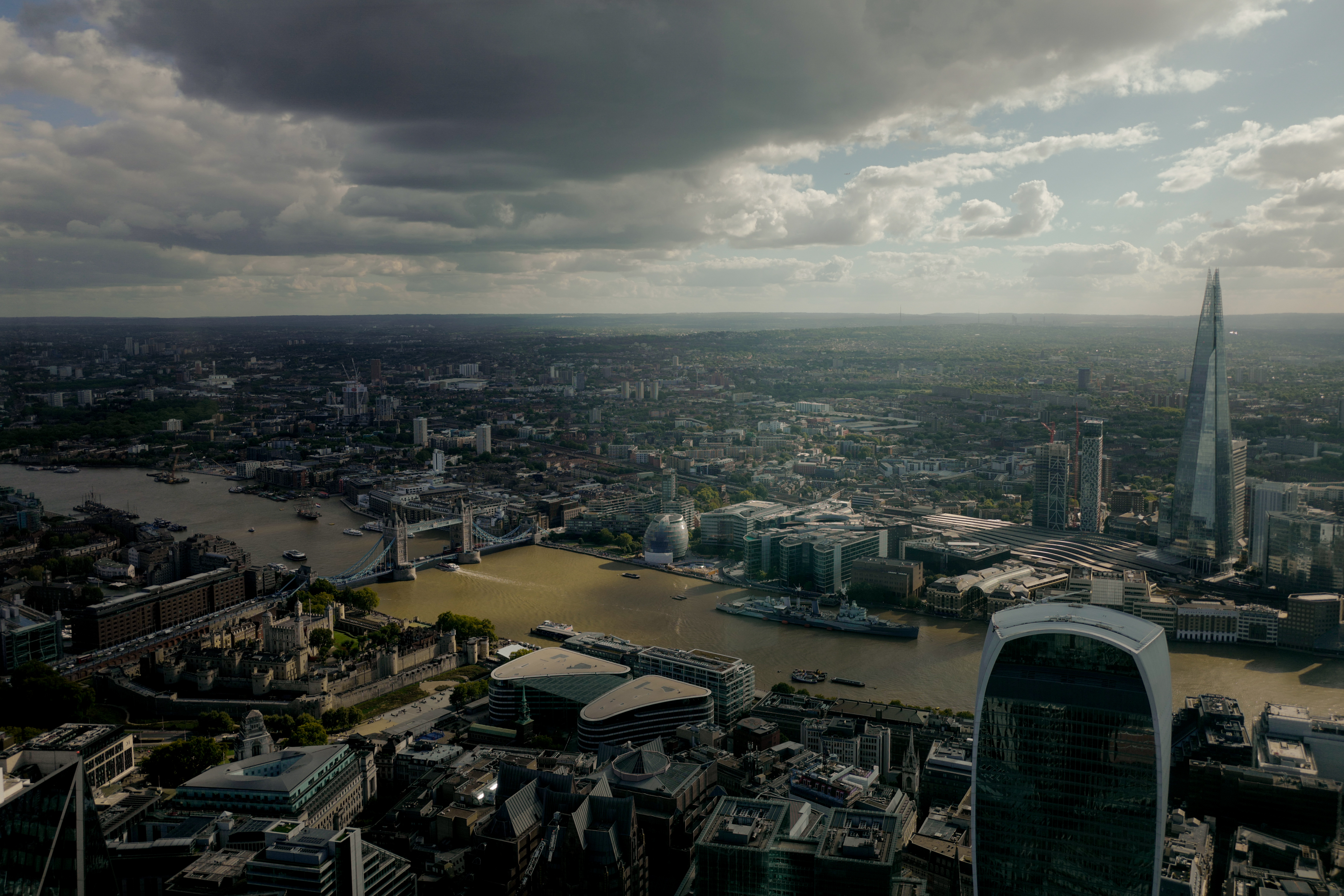 ‘Belonging’ – the LFA 2026 theme is revealed, exploring how places can become personal
‘Belonging’ – the LFA 2026 theme is revealed, exploring how places can become personalThe idea of belonging and what it means in today’s world will be central at the London Festival of Architecture’s explorations, as the event’s 2026 theme has been announced today
-
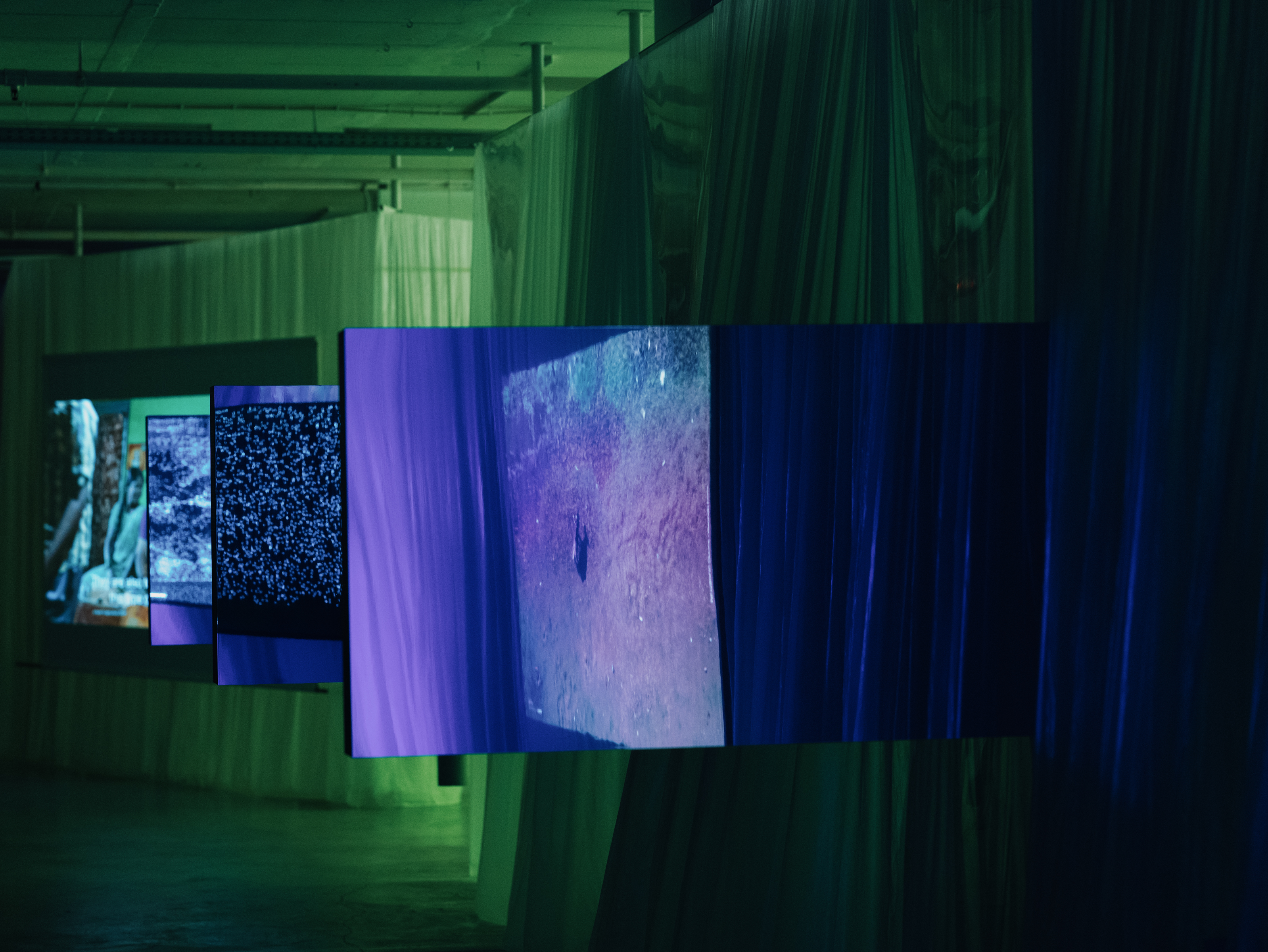 2025 Lisbon Architecture Triennale ponders the (literal and figurative) weight of humanity
2025 Lisbon Architecture Triennale ponders the (literal and figurative) weight of humanityJoin us on a tour of the 2025 Lisbon Architecture Triennale, exploring the question ‘How Heavy is the City?’ and our impact on the planet
-
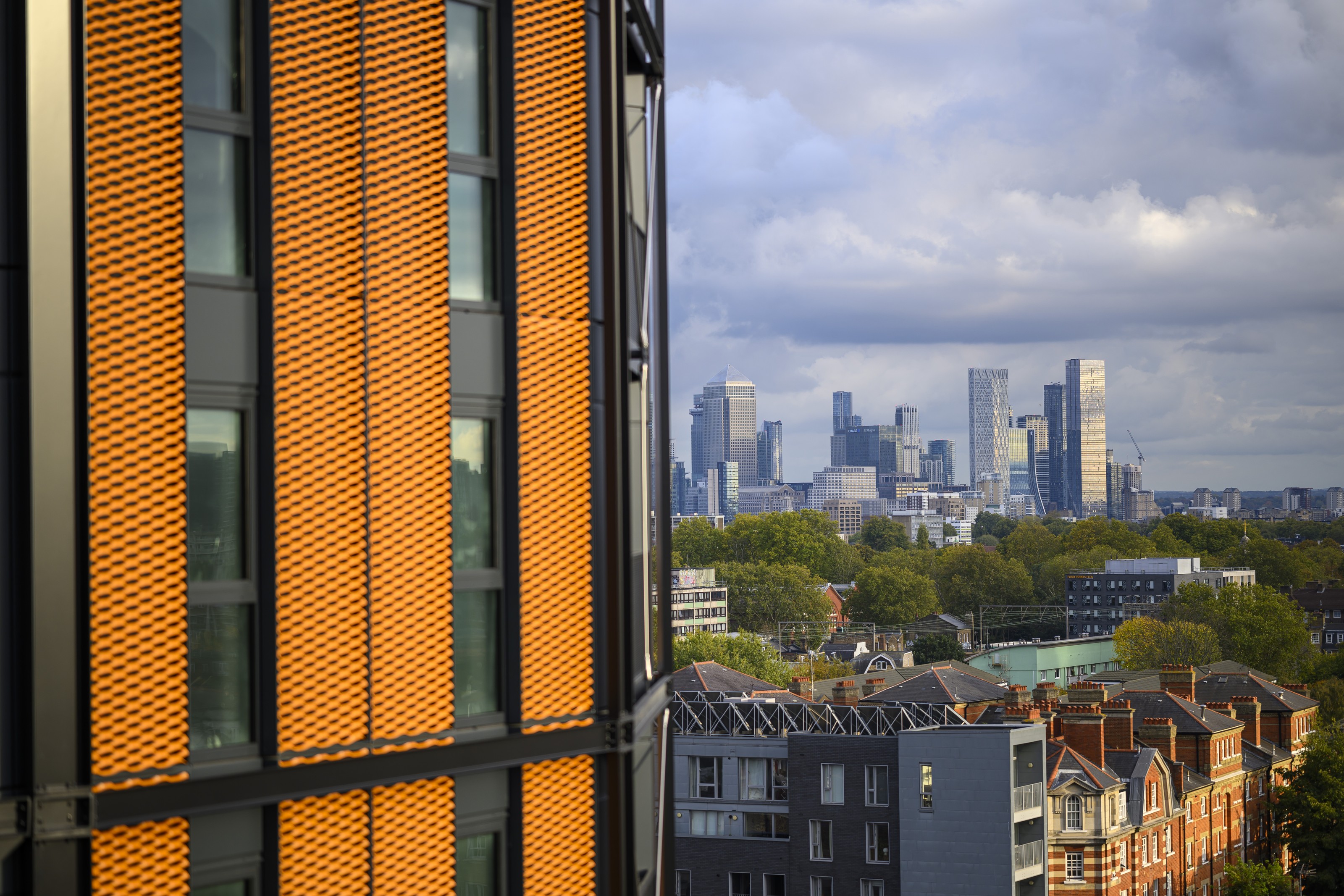 Join us on a first look inside Regent’s View, the revamped canalside gasholder project in London
Join us on a first look inside Regent’s View, the revamped canalside gasholder project in LondonRegent's View, the RSHP-designed development for St William, situated on a former gasholder site on a canal in east London, has just completed its first phase
-
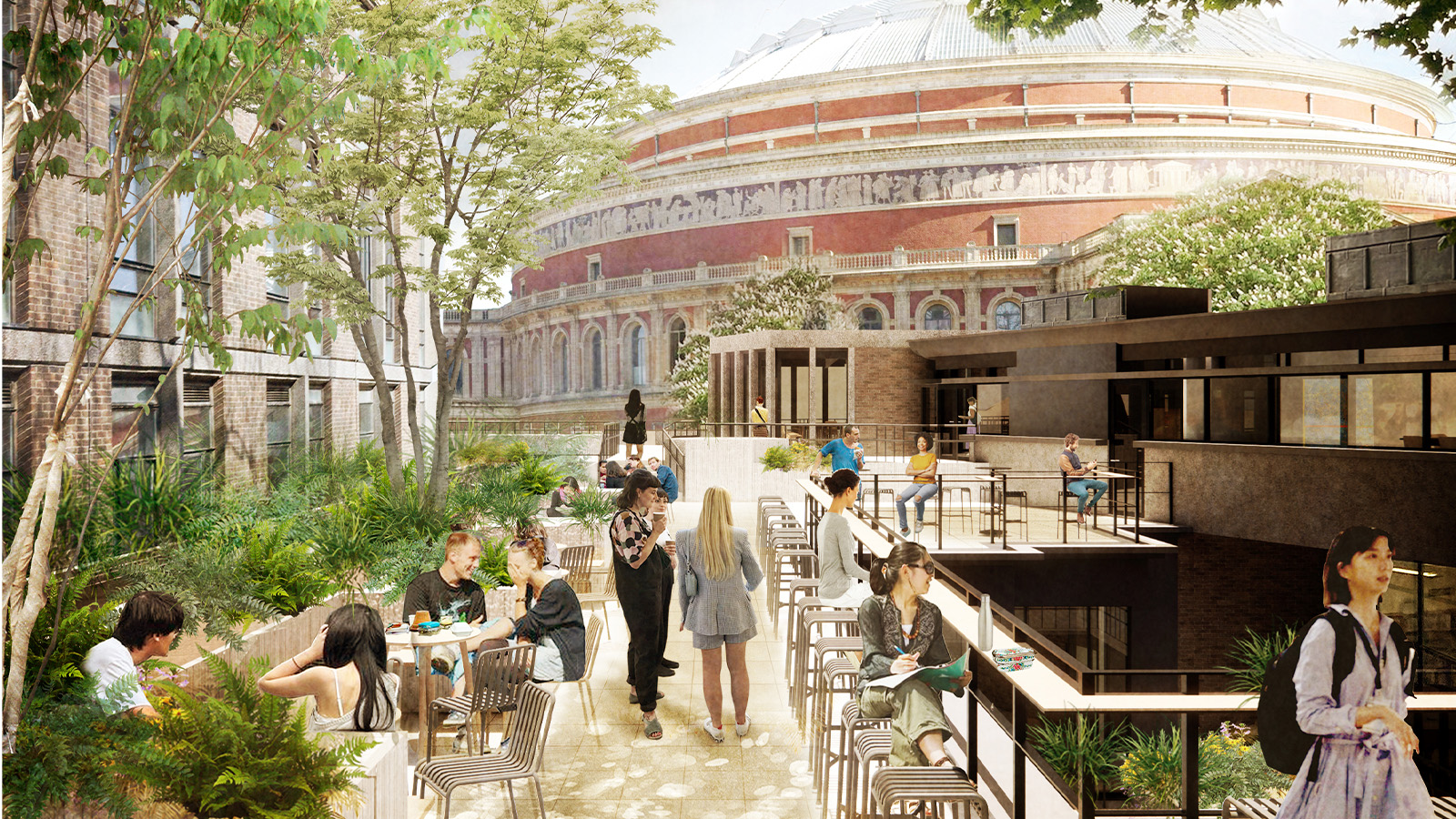 The Royal College of Art has announced plans for renewal of its Kensington campus
The Royal College of Art has announced plans for renewal of its Kensington campusThe Royal College of Art project, led by Witherford Watson Mann Architects, includes the revitalisation of the Darwin Building and more, in the hopes of establishing an open and future-facing place of creativity
-
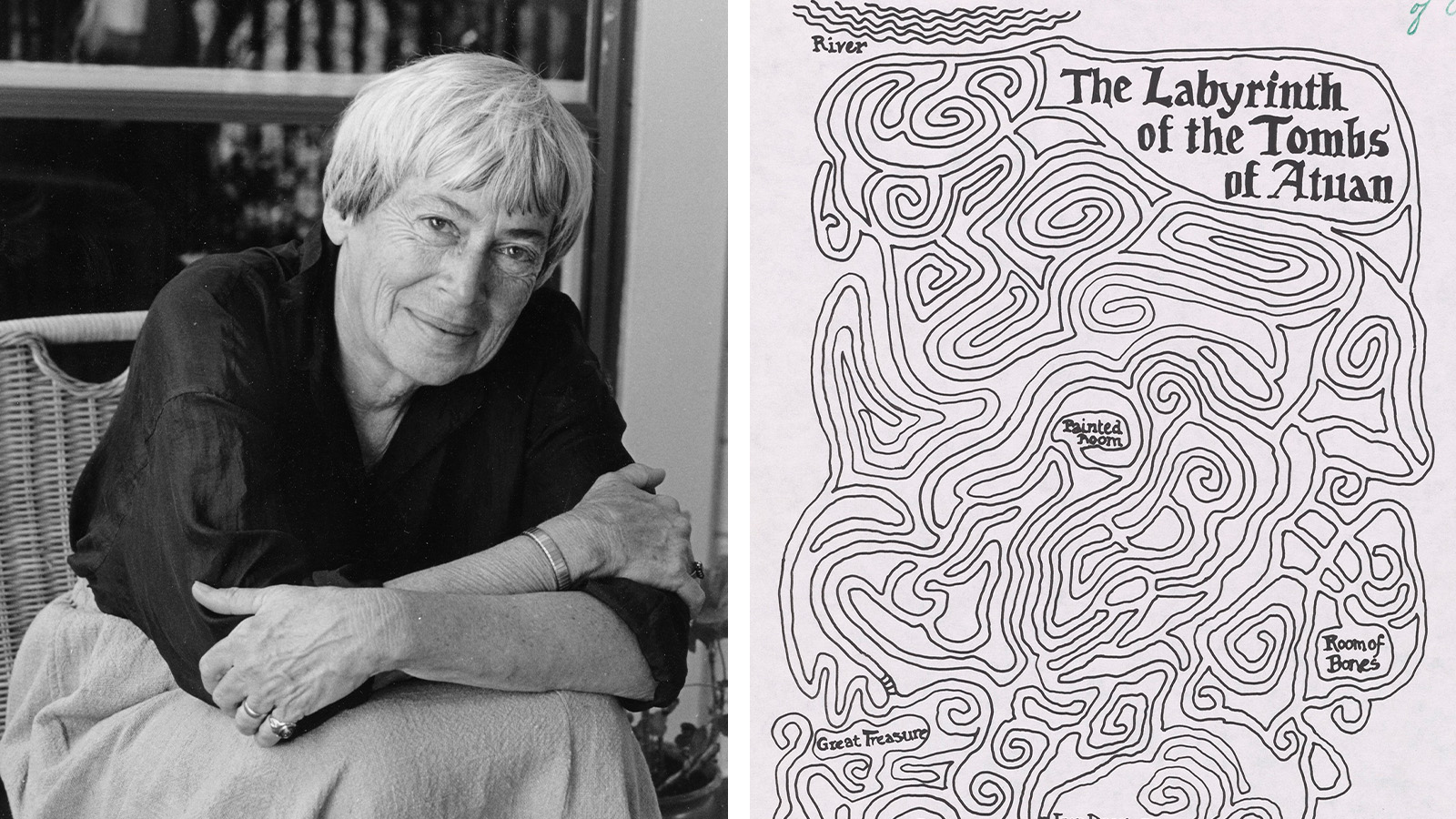 Ursula K Le Guin’s maps of imaginary worlds are charted in a new exhibition
Ursula K Le Guin’s maps of imaginary worlds are charted in a new exhibitionUrsula K Le Guin, the late American author, best known for her science fiction novels, is celebrated in a new exhibition at the Architectural Association in London, charting her whimsical maps, which bring her fantasy worlds alive
-
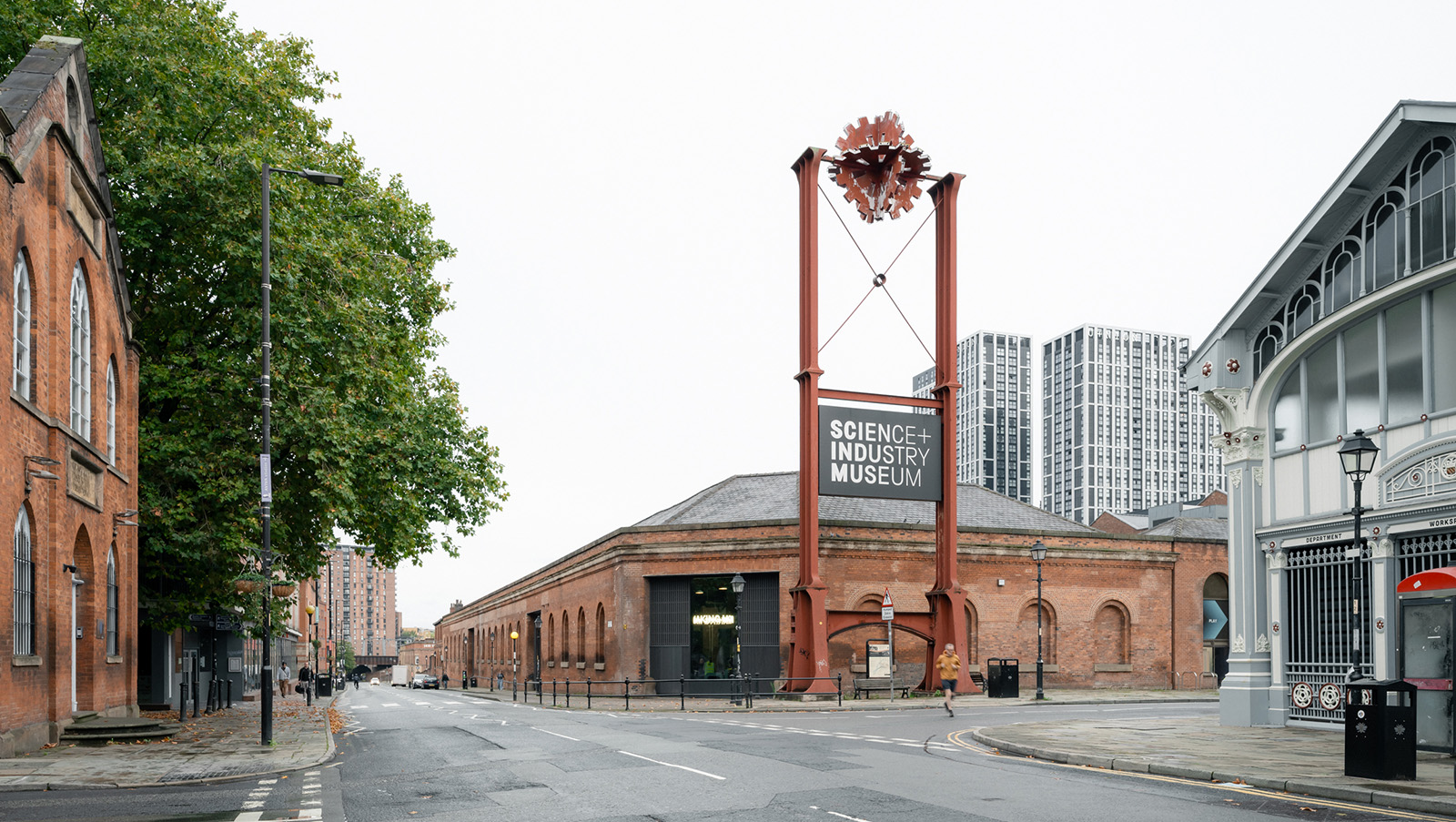 Power Hall’s glow-up shines light on science and innovation in Manchester
Power Hall’s glow-up shines light on science and innovation in ManchesterPower Hall at The Science and Industry Museum in Manchester was given a spruce-up by Carmody Groarke, showcasing the past and future of machines, engineering and sustainable architecture
-
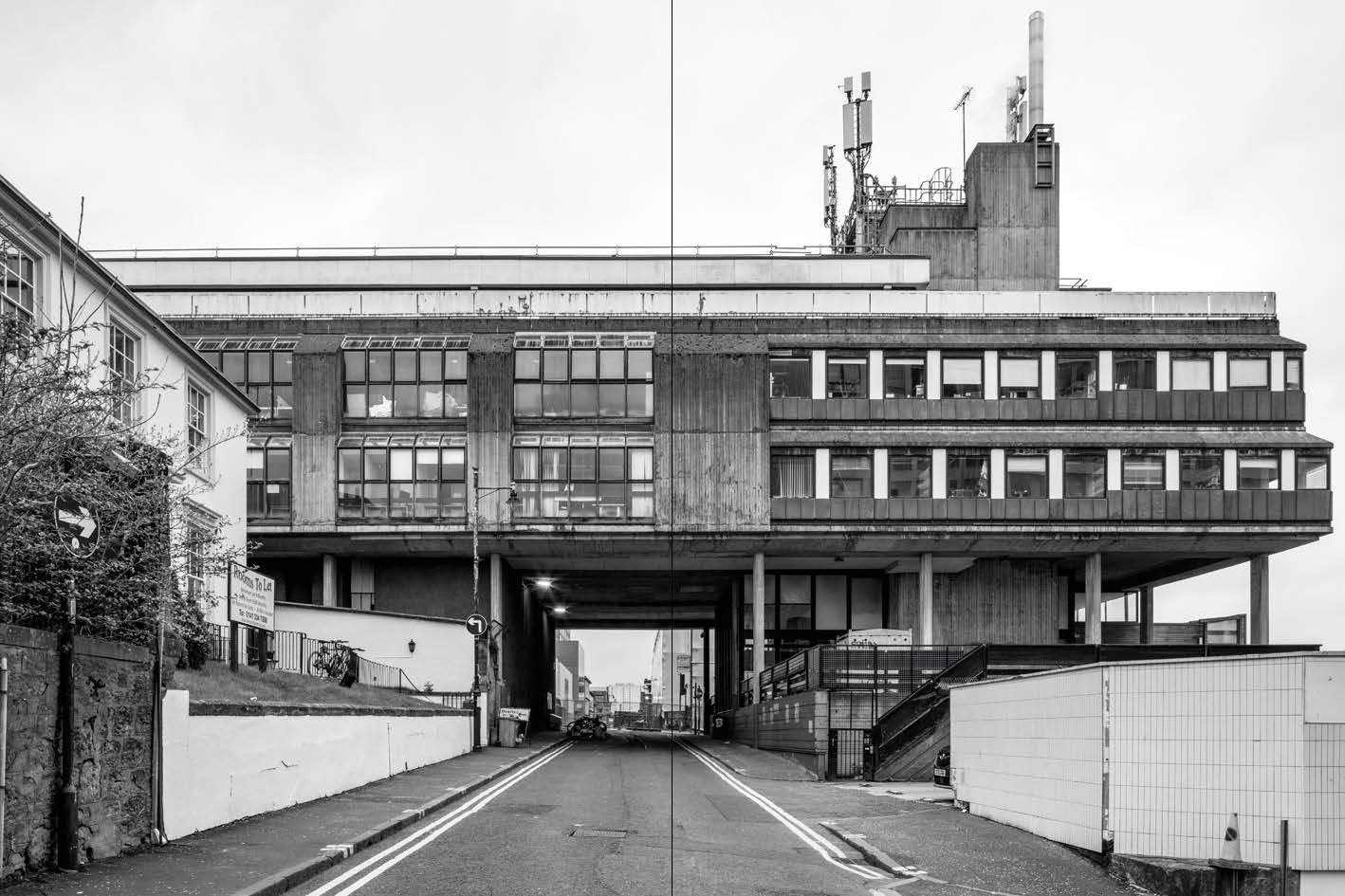 Celebrate the angular joys of 'Brutal Scotland', a new book from Simon Phipps
Celebrate the angular joys of 'Brutal Scotland', a new book from Simon Phipps'Brutal Scotland' chronicles one country’s relationship with concrete; is brutalism an architectural bogeyman or a monument to a lost era of aspirational community design?
-
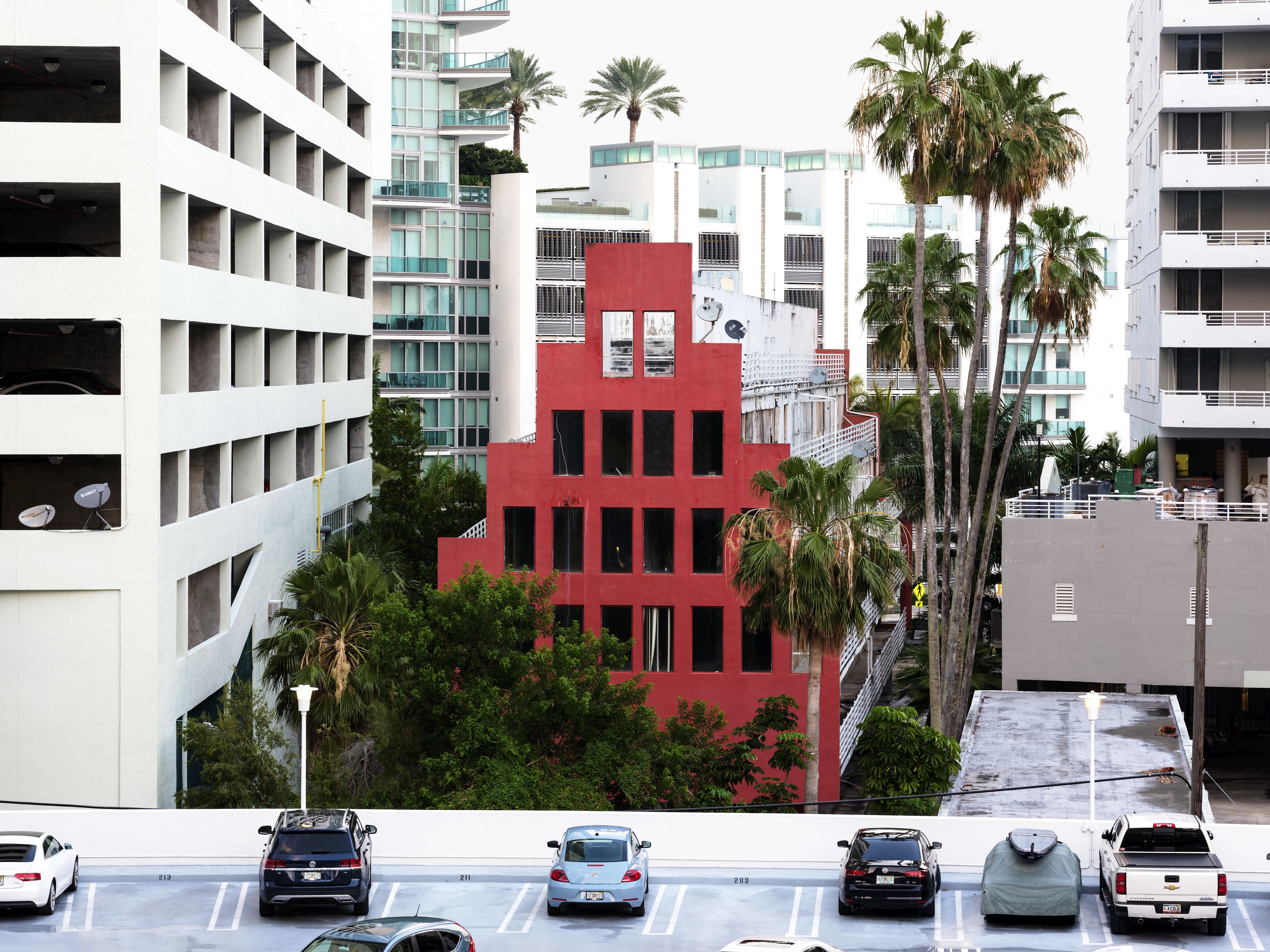 Max Creasy on the future of architectural photography and a shift to the ‘snapshot’
Max Creasy on the future of architectural photography and a shift to the ‘snapshot’A show of photographer Max Creasy’s work opens at the AA in London, asking a key question: where is contemporary architectural photography heading?